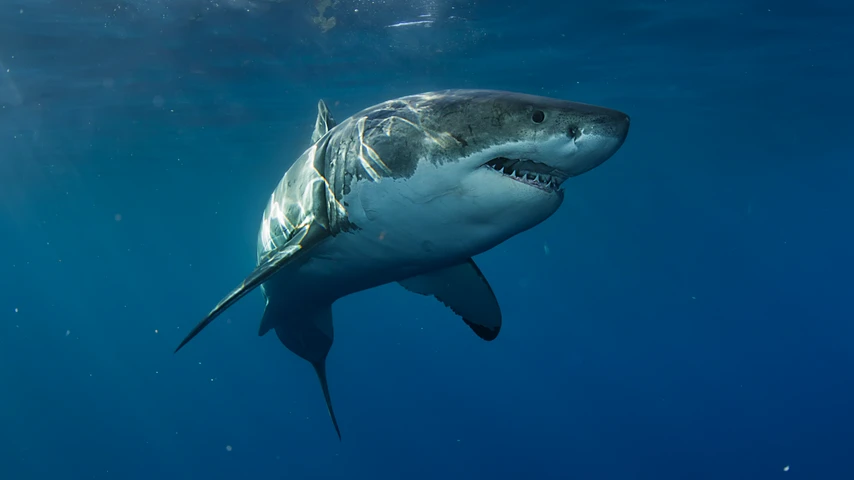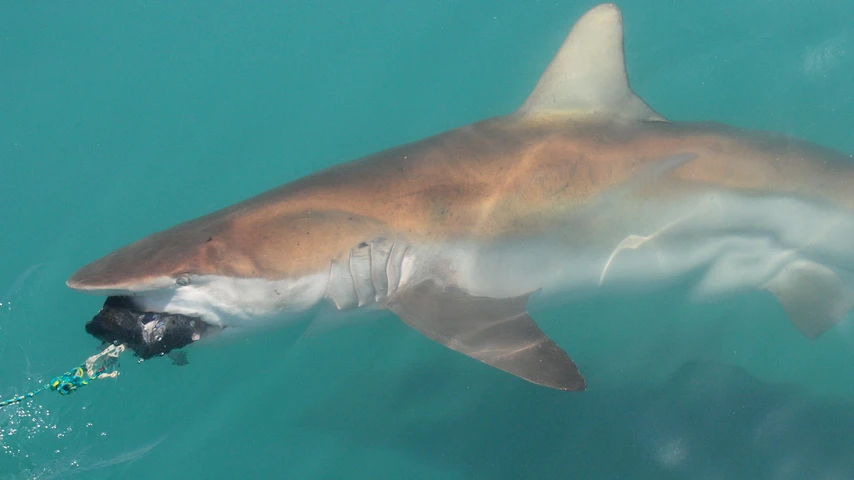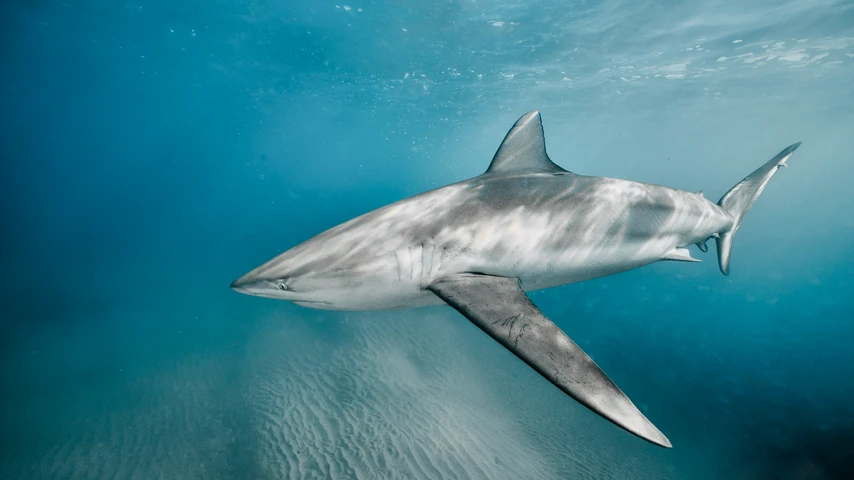Your Guide to Adelaide Sharks


According to Surf Live Saving South Australia, there has been a recent spike in shark sightings off the Adelaide coastline.
The warmer weather has seen several shark species enter the South Australian gulf to feed and give birth.
To help keep you safe this summer, we are going to describe three shark species that are common to the Adelaide coastline, and what to do if you encounter one.
We also cover shark attacks in our general and childcare first aid courses. We have training locations in Adelaide and in every other state, capital city, and major town throughout Australia - head to our website to enrol in a course near you today.

The Great white shark (Carcharodon carcharias) is the largest predatory fish in the world. It has the following characteristics:
Great white sharks are considered dangerous to humans. Though they generally only 'sample bite' humans out of curiosity or in a case of mistaken identity, their mouths can house up to 300 serrated and sharply pointed teeth at any one time.
As such, even a single 'sample bite' can be fatal.

The Bronze whaler (Carcharhinus brachyurus) has the following characteristics:
Bronze whalers are generally non-aggressive and are rarely implicated in shark attacks. However, like other sharks, they can become agitated in the presence of food, and may represent a threat to spear fishers carrying fresh catches.

The Dusky shark (Carcharhinus obscurus) has the following characteristics:
Like Bronze whalers, Dusky sharks are generally non-aggressive and have few interactions with humans. However, they are regarded as potentially dangerous due to their large size and predilection for shallow coastal waters and other high population areas.
If you witness a shark attack, dial Triple Zero (000) for an ambulance, apply direct pressure or a tourniquet to any arterial bleeds, and treat for shock.
More information about treating and preventing shark attacks can be found in our Resource Library.
Though shark attacks are relatively rare (in fact, you are more likely to die from a bee sting than from a shark attack), knowing how to treat and prevent shark attacks could make all the difference in the world.
We also cover shark attacks in our general and childcare first aid courses. We have training locations in Adelaide and in every other state, capital city, and major town throughout Australia.
Head to our website to enrol in a course near you today.

March 11, 2025
Darwin, the tropical capital of Australia’s Northern Territory, is home to a rich diversity of wildlife - including an impressive array of spiders. From the sprawling webs of golden orb-weavers to the cryptic camouflage of trapdoor spiders, these arachnids play a vital role in the local ecosystem. While some may inspire fear, the majority are harmless and even beneficial, helping to control insect populations.

September 4, 2024
Cat bites, while often underestimated, can lead to serious health complications if not treated promptly and properly. Cats' mouths harbour a variety of bacteria that can cause infections in humans.

April 1, 2024
Encounters with wildlife can often be thrilling, but when it comes to the creature known as the drop bear, the experience can quickly turn dangerous. A sharp increase in recent attacks prompts the need for understanding proper first aid procedures in case of an attack.